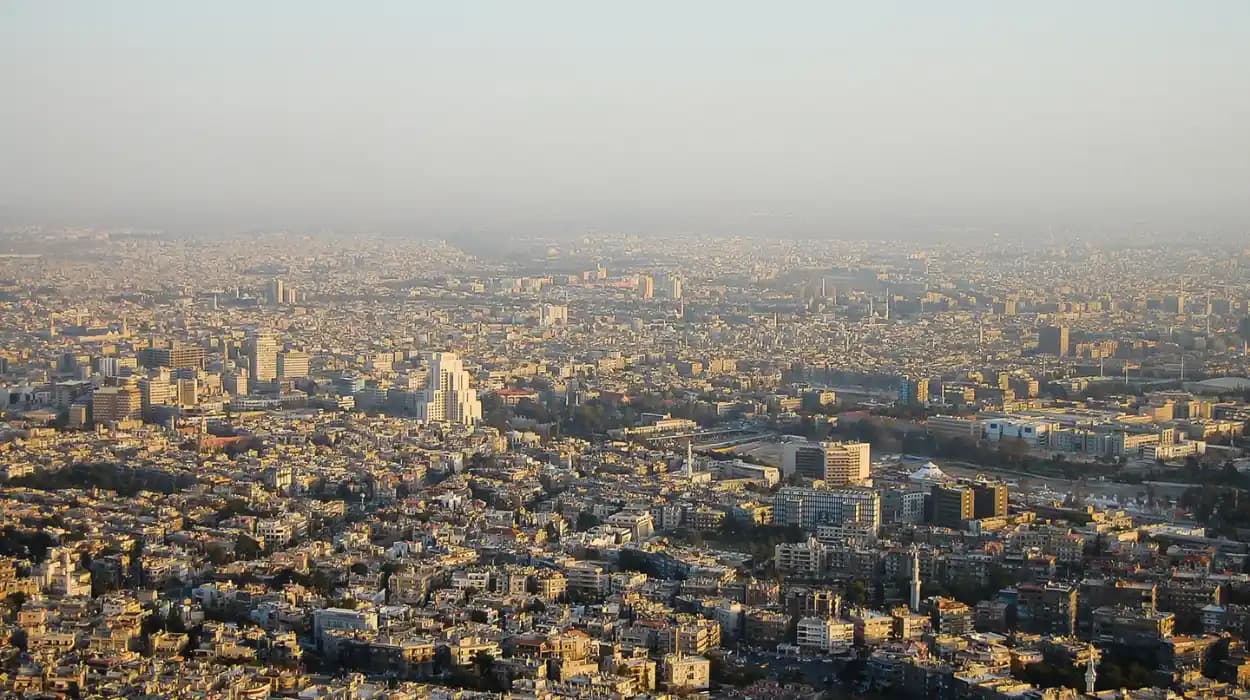The World Bank estimates Syria's post-conflict reconstruction will cost $216 billion after more than 13 years of devastating war. The extensive damage includes critical infrastructure, residential, and non-residential buildings, with Aleppo and the Damascus countryside suffering the greatest destruction, posing enormous recovery challenges for the country’s new leadership.
Extensive Cost of Syria’s Reconstruction
The World Bank’s latest report, as detailed by Rudaw’s
correspondent and AFP, estimates the total cost for Syria’s rebuilding after
over a decade of conflict at $216 billion. This figure is described as a
"conservative best estimate," with the overall potential range of
physical asset reconstruction costs between $140 billion and $345 billion. The
assessment evaluated damages from 2011 through 2024 across Syria’s
infrastructure and building stock.
The conflict has destroyed nearly one-third of Syria’s
pre-war gross capital stock. Direct damages to infrastructure, residential
buildings, and commercial properties are estimated at about $108 billion alone.
Among these, infrastructure damage accounts for 48 percent, equivalent to $52
billion, making it the most affected category.
Rudaw’s report also highlights that the provinces of Aleppo and the Damascus countryside incurred the greatest levels of destruction, with both regions targeted heavily during the fighting. Syrian Finance Minister Mohammed Barnieh described the World Bank assessment as a
"critical baseline of the massive scale of destruction and of the reconstruction costs ahead"
and urged the international community to mobilize support to help
restore essential services and establish a more resilient future for Syrians.
Background and Economic Context
As reported by Agence France-Presse (AFP) and echoed by The
Sun, Syria’s conflict began in 2011 with widespread protests against
then-President Bashar al-Assad’s regime, which escalated into a prolonged civil
war following a harsh crackdown. The Assad government was overthrown in
December 2024 after a swift offensive by opposition forces.
The war witnessed catastrophic destruction of vital
infrastructure, including the electrical grid and residential areas, severely
impacting the country’s economic base. The World Bank estimates Syria’s GDP
contraction at 53% between 2010 and 2022, with the nominal GDP shrinking from
$67.5 billion in 2011 to $21.4 billion projected for 2024, underscoring the
economic devastation.
Breakdown of Reconstruction Costs
According to the World Bank’s evaluation cited by multiple
sources including Arab News and TESA World, the total rebuilding cost breaks
down as follows:
- Infrastructure
reconstruction: $82 billion
- Residential
building repairs: $75 billion
- Non-residential
building repairs: $59 billion
The reconstruction requires significant investment
particularly in Aleppo, Rural Damascus, and Homs provinces, which were among
the worst-hit regions throughout the conflict.
Challenges and Support for Recovery
Jean-Christophe Carret, Director for the Middle East at the World Bank, was quoted by AFP and other agencies stating that
“the challenges ahead are immense, but the World Bank stands ready to work alongside the Syrian people and the international community to support recovery and reconstruction.”
Carret emphasised the importance of international cooperation and mobilization
of resources to address the substantial reconstruction needs.
The World Bank further warns that despite reestablished
diplomacy with Western countries and investment promises from Gulf states after
Assad’s fall, Syria continues to face severe financial constraints. Cuts in
international aid and lingering sanctions—though many were lifted
post-Assad—have aggravated living conditions, with the UN estimating that 90%
of Syrians currently live in poverty.
Economic Recovery Outlook
Syria’s economic outlook remains uncertain. The World Bank
projects a modest economic growth of 1% in 2025 following a 1.5% contraction in
2024, a fragile rebound complicated by unstable security conditions, liquidity
shortages, and continued disruptions in oil imports, potentially driving
inflation higher.
Jean-Christophe Carret, in earlier statements to Arab News,
highlighted that economic data for Syria is scarce and fragile but noted
efforts by the new government to unify fiscal and monetary policies and improve
governance. Finance Minister Yisr Barnieh expressed optimism, calling Syria “a
land of opportunities” with ongoing reforms aimed at attracting investment and
restoring growth.
The recovery is also contingent on easing sanctions,
securing energy imports, and stabilizing governance across contested regions.
The potential return of refugees and displaced populations may further
stimulate medium-term economic revival if adequate support is mobilized
internationally.
The World Bank’s comprehensive evaluation confirms that
Syria faces a monumental challenge in rebuilding its war-torn economy and
infrastructure. The estimated reconstruction cost of $216 billion, nearly ten times
its projected GDP for 2024, underlines the scale of devastation and the long
road ahead. Coordinated international support, economic reforms, and investment
will be crucial for Syria’s recovery and future stability.
The World Bank and Syrian officials call for a unified global effort to rebuild and revitalise Syria, aiming to lay the foundation for a resilient and sustainable future for its people.
